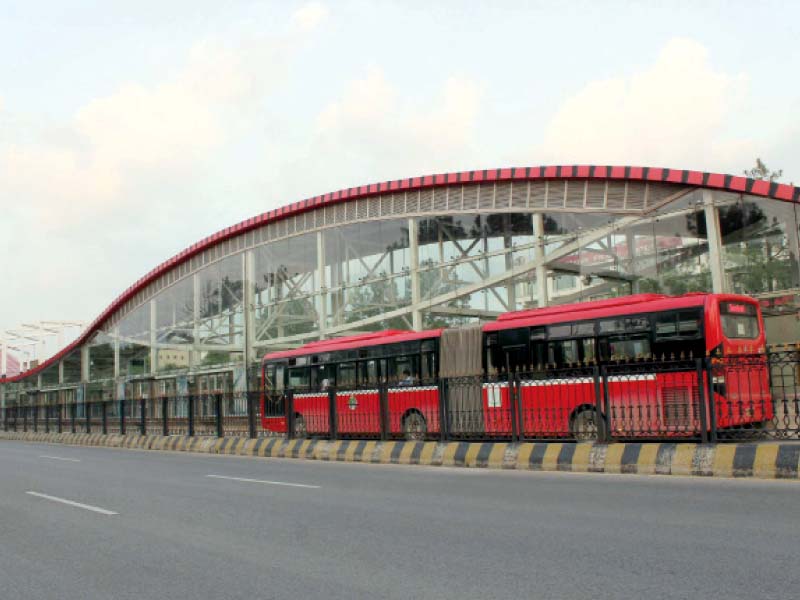_NOBODY_
SENIOR MEMBER

- Joined
- Jan 6, 2016
- Messages
- 3,314
- Reaction score
- 4
- Country
- Location
Because everyone is forced to buy cars. You sound like someone who listens to lunacy-spreading conservative channels like PragerU. Car centrism is destroying the US. There are so many reasons why car-centric cities are disastrous, anyone who has studied urban planning at even the most basic level knows this.And how do you know that our living standards are incredibly low we live near D.C. so everyone have a own cars I have 2 cars so we don't need mass public transport system
Cars are a significant source of air pollution, emitting greenhouse gases and harmful pollutants like carbon dioxide, nitrogen oxides, and particulate matter. This contributes to smog, respiratory problems, and climate change. Car-centric cities promote heavy car usage, leading to higher emissions and worsening air quality. EVs won't be changing this as the production of electric vehicle batteries involves the extraction and processing of raw materials, such as lithium, cobalt, and nickel. Mining and processing these materials have severe environmental consequences, including, CO2 emissions habitat destruction and water pollution.
Car-centric planning leads to urban sprawl, with low-density developments and extensive road networks. This increases infrastructure costs, as more roads and utilities need to be built and maintained. It also results in longer travel distances and increased car dependency. As cities spread out, people need to travel longer distances between home, work, and essential services. This leads to increased traffic congestion and longer commuting times, wasting time and pollution. Expanding urban areas necessitate further roads and highways, which increase vehicle traffic and emissions. The constant flow of traffic also contributes to noise pollution, affecting the well-being of residents. As cities sprawl, more infrastructure, such as roads, utility networks, and public services, needs to be extended. This incurs higher costs for construction, maintenance, and operation, putting a strain on local budgets and resources. If all of this wasn't enough,
urban sprawl leads to the loss of community cohesion and a sense of place. With residents spread out over large distances, social interactions and a sense of belonging to a community diminishes, impacting overall well-being and mental health. When cities prioritize cars over pedestrian-friendly spaces, people are less likely to interact with their neighbours and communities. This can negatively impact social cohesion and a sense of belonging.
Relying heavily on cars can result in traffic congestion, especially during peak hours. This leads to wasted time and increased stress for commuters and results in economic losses due to decreased productivity and increased fuel consumption. Car ownership isn't cheap so not everyone can afford it. Car-centric cities marginalize low-income communities that struggle to access essential services and opportunities due to limited or no public transportation options.
Car-centric cities require vast amounts of land dedicated to parking spaces, which could otherwise be used for more valuable purposes like housing, parks, or community spaces. The focus on car infrastructure comes at the expense of investing in public transportation, alternative mobility solutions, and sustainable urban planning. This limits the city's ability to adapt to future challenges and opportunities.
Car-centric cities discourage physical activity and active transportation options like walking and cycling. Lack of safe pedestrian and cycling infrastructure can lead to sedentary lifestyles, obesity, and related health issues. In Europe, streets belong to people, not cars.
Don't even get me started on noise pollution. Cars contribute to noise pollution in urban areas, affecting residents' quality of life, sleep patterns, and overall well-being.
Why Cities Are Banning Cars Around The World
Why do you think so many countries that have higher living standards than the US focus so heavily on building public transport systems? Do you think European and Asian states are stupid for going out of their way to invest billions in building multiple public transport systems?
Why Public Transportation Sucks in the US
The Car Paradox: How Car Centric Infrastructure is Ruining America
How highways make traffic worse
How to make traffic better, not worse
Why Transit Cities are Better for Everyone
This comparison between Hong Kong and Houston should be eye-opening for Americans.
The fact that Americans love advocating for equality and climate change while choosing to ignore public transport is mind-boggling to me. @That Guy Thank God Canadians aren't like Americans regarding public transport.
Last edited:








